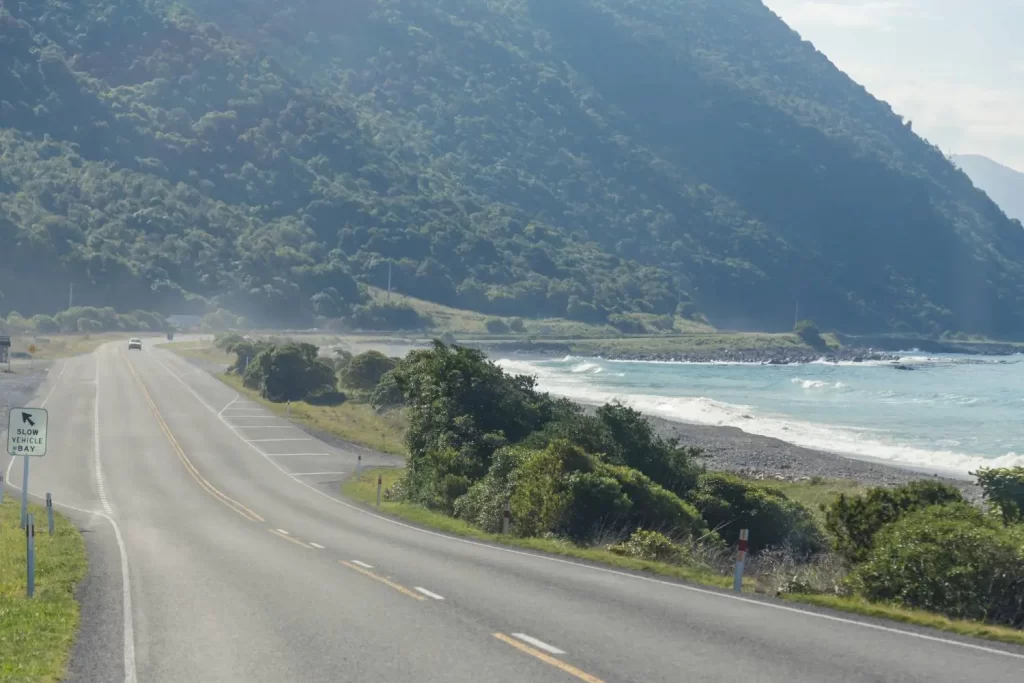How Wind and Coastal Weather Affect Windscreen Longevity
New Zealand’s stunning landscapes and coastal beauty come with unique and sometimes challenging weather patterns, particularly strong winds and coastal conditions. Unfortunately, New Zealand’s wind and coastal conditions can take a toll on your vehicle and affect the longevity of your windscreen. Understanding how these environmental factors affect windscreen longevity is key to maintaining safety and preventing costly windscreen repairs.
The Impact of Wind on Windscreens
New Zealand is known for its gusty wind, particularly in regions like Wellington, often dubbed the “windy city.” Strong winds can lift debris—small stones, dust, and even branches—that may strike your windscreen at high speeds, particularly while driving. These impacts, even from seemingly minor debris, can cause chips or cracks that compromise the structural integrity of the glass.
Over time, repeated exposure to windborne debris can weaken the windscreen, making it more susceptible to further damage. Strong winds can also worsen existing cracks or chips by putting pressure on the glass, causing them to spread. This is especially true if the windscreen has not been repaired promptly.
Coastal Weather and Its Effects
Living near the coast comes with its own set of challenges for car owners. Coastal areas in New Zealand are often exposed to salt spray, which can be carried inland by onshore winds. Salt is highly corrosive and can degrade the materials around your windscreen, such as the rubber seals and metal trim. Over time, this corrosion can create gaps or weaken the bond between the windscreen and the frame, increasing the risk of leaks or even windscreen detachment in extreme cases.
Additionally, the combination of salt and moisture can lead to pitting – tiny, shallow holes on the surface of the glass. While pitting may seem minor, it can reduce visibility, especially when driving into the sun or during rainy conditions. It also makes the windscreen more prone to cracking under stress.
Tips to Protect Your Windscreen
- Regular Inspections: Check your windscreen regularly for chips, cracks, or signs of corrosion around the edges. Early detection can prevent minor issues from escalating into major problems.
- Prompt Repairs: If you notice any damage, no matter how small, have it repaired as soon as possible. Professional repairs can fix chips and cracks before they spread, preventing costly replacements.
- Park Strategically: Whenever possible, park your car in a garage or sheltered area to protect it from windborne debris and salt spray. If shelter isn’t available, consider using a windscreen cover.
- Clean Your Windscreen: Regularly wash your windscreen with fresh water and a mild, non-abrasive detergent to remove salt, dirt, and debris. Pay special attention to the edges and seals to prevent corrosion.
- Use Quality Wipers: Invest in high-quality windscreen wipers and replace them as needed. Worn-out wipers can scratch the glass, making it more vulnerable to damage.
New Zealand’s wind and coastal weather are undeniably beautiful but can pose significant challenges for car owners. Understanding these factors and taking proactive steps can extend your windscreen’s lifespan and improve safety on the road. Regular maintenance and timely repairs are small investments that can save you from costly replacements and keep your windscreen in top condition, no matter the weather.





